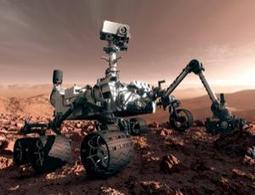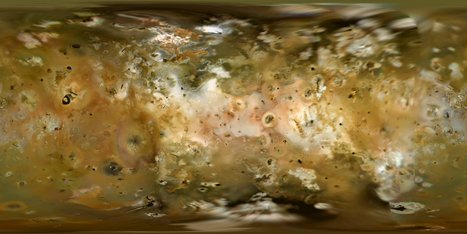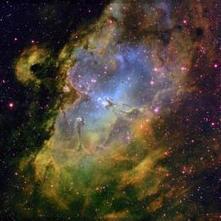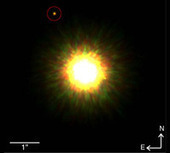The notion of stars consuming their inner planets as they balloon during old age is firmly grounded in theory, but now scientists may have in hand the first evidence for such cannibalism.
Research and publish the best content.
Get Started for FREE
Sign up with Facebook Sign up with X
I don't have a Facebook or a X account
Already have an account: Login

 Your new post is loading... Your new post is loading...
 Your new post is loading... Your new post is loading...
|
Terri Mulqueen's curator insight,
October 15, 2014 9:19 PM
The Kepler space telescope is allowing us to see even deeper into space!
ashli davis's curator insight,
September 15, 2015 9:14 AM
Our solar system is not the only one with planets! |



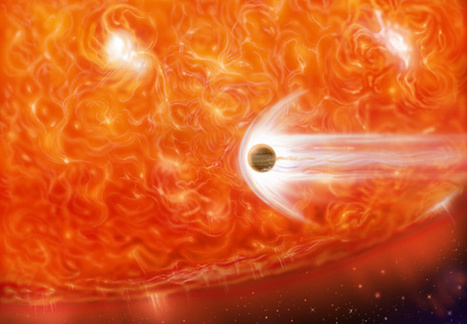


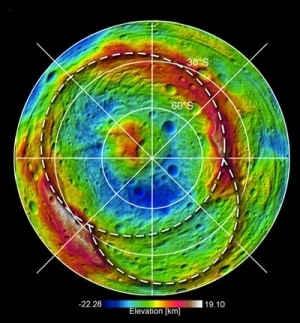
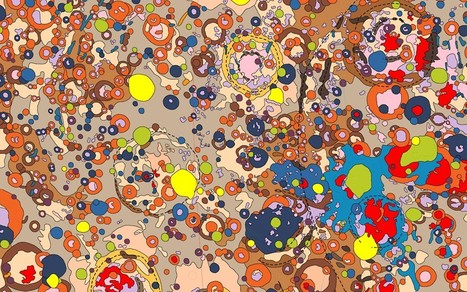
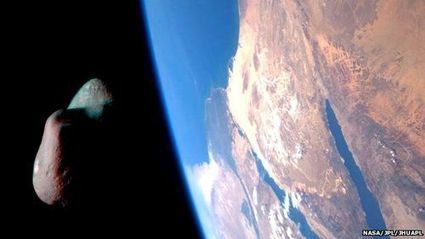
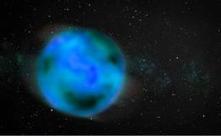


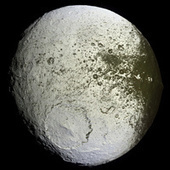

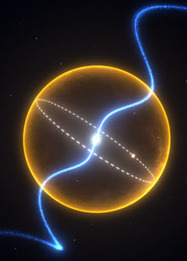

![[VIDEO] Planets viewed from Earth as if they were at the distance of our moon : Greg Laden's Blog | Science News | Scoop.it](https://img.scoop.it/DCO3A2k8Z8vwObi25QwoUTl72eJkfbmt4t8yenImKBVvK0kTmF0xjctABnaLJIm9)
